- TOP
- Cutting-edge Research and Social Contribution
- Cutting-edge Research
- Dynamic rearrangement of chromosomes provides new possibilities for organisms
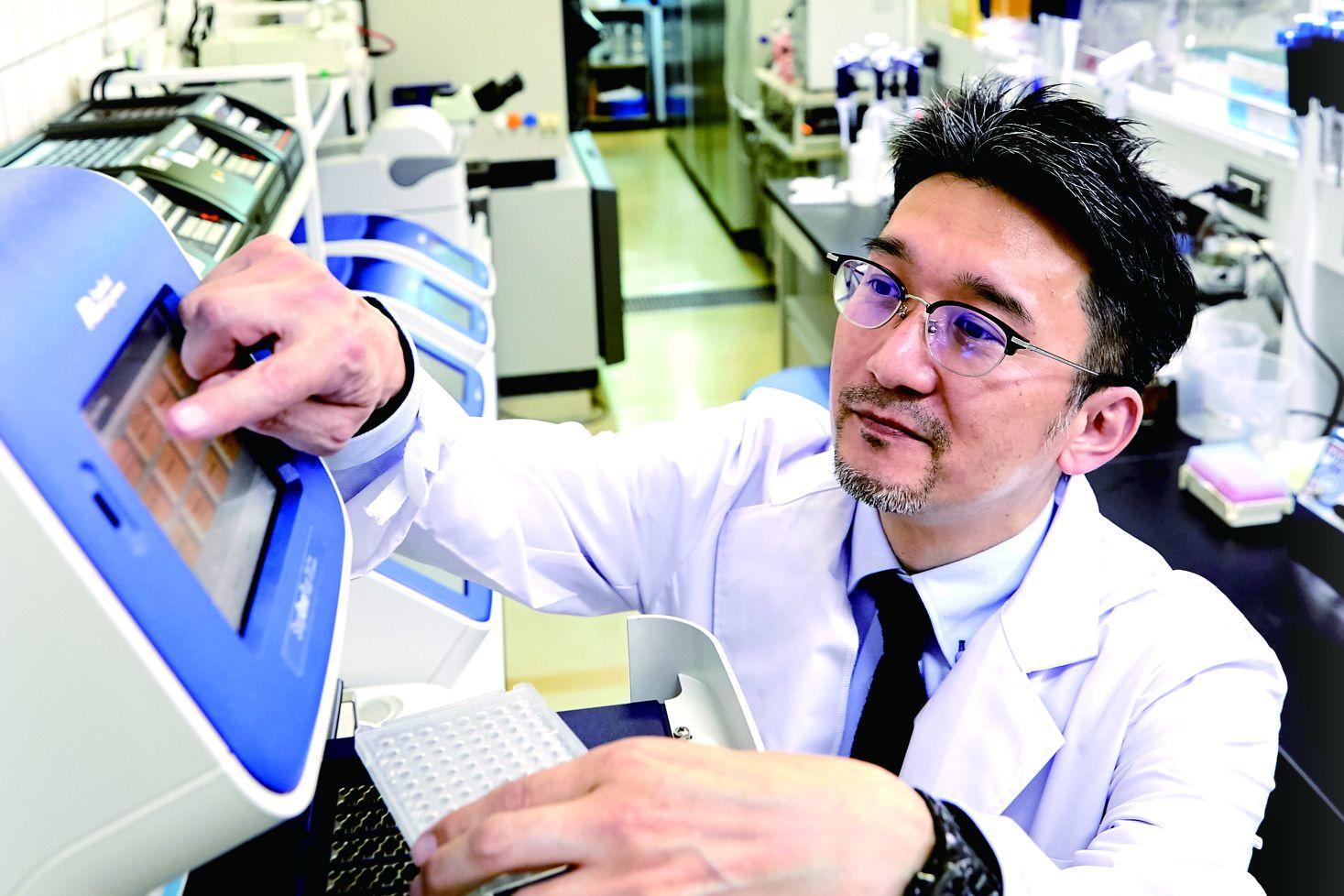
Dynamic rearrangement of chromosomes provides new possibilities for organisms
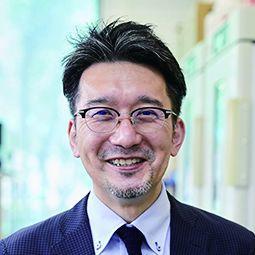
Why do organisms maintain their genomes in multiple chromosomes?
When a cell divides, the genome that constitutes the blueprint of life is passed on to the next generation through the action of the chromosomes. Chromosomes serve to stably maintain the genome and play a key role in transmission of genes through cell multiplication and production of the descendants of life forms. However, the organization of chromosomes does not always follow the blueprint, and in some cases, adaptation occurs due to genetic changes. There may be new possibilities of chromosomes latent in this process, and chromosomes may be doing more than just carrying genetic information. Prof. Ishii is intrigued by chromosomes' flexible tolerance of change, and he is working to elucidate the phenomenon using fission yeast--a unicellular eukaryote sharing many of the same basic principles as human beings--as a model organism.
When people mention chromosomes, they tend to picture an X-shaped object, but chromosomes actually come in diverse shapes and sizes and are not uniformly X-shaped. Across all life forms on Earth--humans, animals, and plants--the inheritance of the genome involves the merging of multiple chromosomes, as occurs with the 46 chromosomes in a human cell. In the human case, these 46 chromosomes must be equally divided each time cells divide, so passing down the genome via multiple chromosomes is an extremely complicated task. One would think that connecting the entire genome into a single molecule and dividing everything in one shot would be far more efficient. Why do living things maintain their genomes in multiple separate chromosomes?
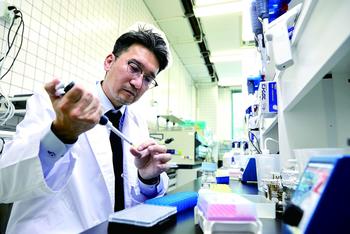
Reproducing chromosome rearrangement, and elucidating its mechanism
A chromosomal region called the "centromere" is essential for equal segregation of the chromosome, and Prof. Ishii calls this the chromosome's "linchpin." In the case of X-shaped chromosomes, this corresponds to the crossing point of the X, and it holds the key to stable segregation of the chromosome during cell division. The cell splits the chromosome in two by gripping the centromere and pulling in opposite directions, left and right. Every chromosome must have a centromere.
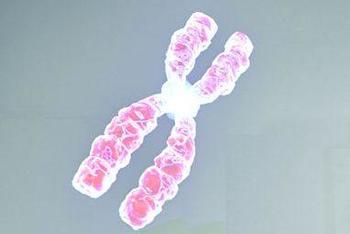
Prof. Ishii uses a technique called "centromere disruption" to investigate the flexibility of the chromosomes. This involves experimentally reproducing dynamic chromosome rearrangement, a phenomenon which occurs only when the centromere is removed from the chromosome of fission yeast. He has discovered that, when the centromere is disrupted in one of the three chromosomes of fission yeast, the yeast almost always dies, but in extremely rare cases, the centromere-disrupted chromosome lengthens through chromosome fusion, or a centromere is formed in a new region of the chromosome, thus compensating for the chromosomes' malfunction, and in the end the yeast survives. He has also revealed the probability with which this rare phenomenon occurs.
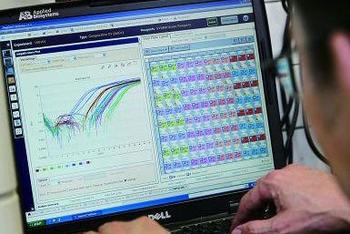
The dynamics of chromosome structure leading to changes in chromosome configurations and numbers are known to be closely associated with the emergence of tumor cells and genetic diseases. It is medically important to understand the mechanism behind the formation of a new centromere.
Centromere repositioning and chromosome fusion are also significantly involved in speciation, and according to Prof. Ishii, "There have likely been many cases in the evolutionary process where the chromosome configuration changed within the same species, preventing successful reproduction and leading to the emergence of a different organism, despite the organisms still looking almost the same."
Aiming to be an evangelist, promoting the fascination of chromosomes
Prof. Ishii and his colleagues are not only investigating the results of chromosome changes in their experiments disrupting centromeres. They are also trying to analyze, in real time, the molecular response that occurs at the exact moment the chromosome changes due to the disruption and to observe in detail the process whereby speciation occurs due to the chromosomal changes. In their results, they have confirmed that in chromosomes whose centromeres have been disrupted abnormal segregation occurs in the chromosomes that are divided unevenly rather than 1-to-1 during cell division, and this gives rise to acute aneuploidy (abnormal number of chromosomes) in cells.
While talking about the outlook for contributing to society through research, Prof. Ishii also speaks exuberantly of chromosomes as "the most interesting things I've encountered in my life." At the core of Prof. Ishii's research activities are a bottomless curiosity and unwavering passion to solve the riddles of the amazing and unique structures called chromosomes that are at the center of the diverse phenomenon of life. He hopes to be "a chromosome evangelist, clarifying their action and mechanisms, and broadly communicating their intriguing nature." In that role, he will continue his single-minded pursuit of exciting new frontiers, which may lead to important discoveries that shed light on the process of organismic evolution.
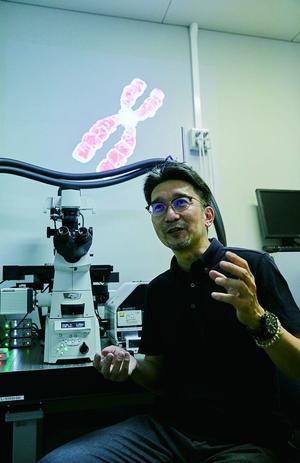
Date of posting: December, 2023/ Date of interview: July, 2021
